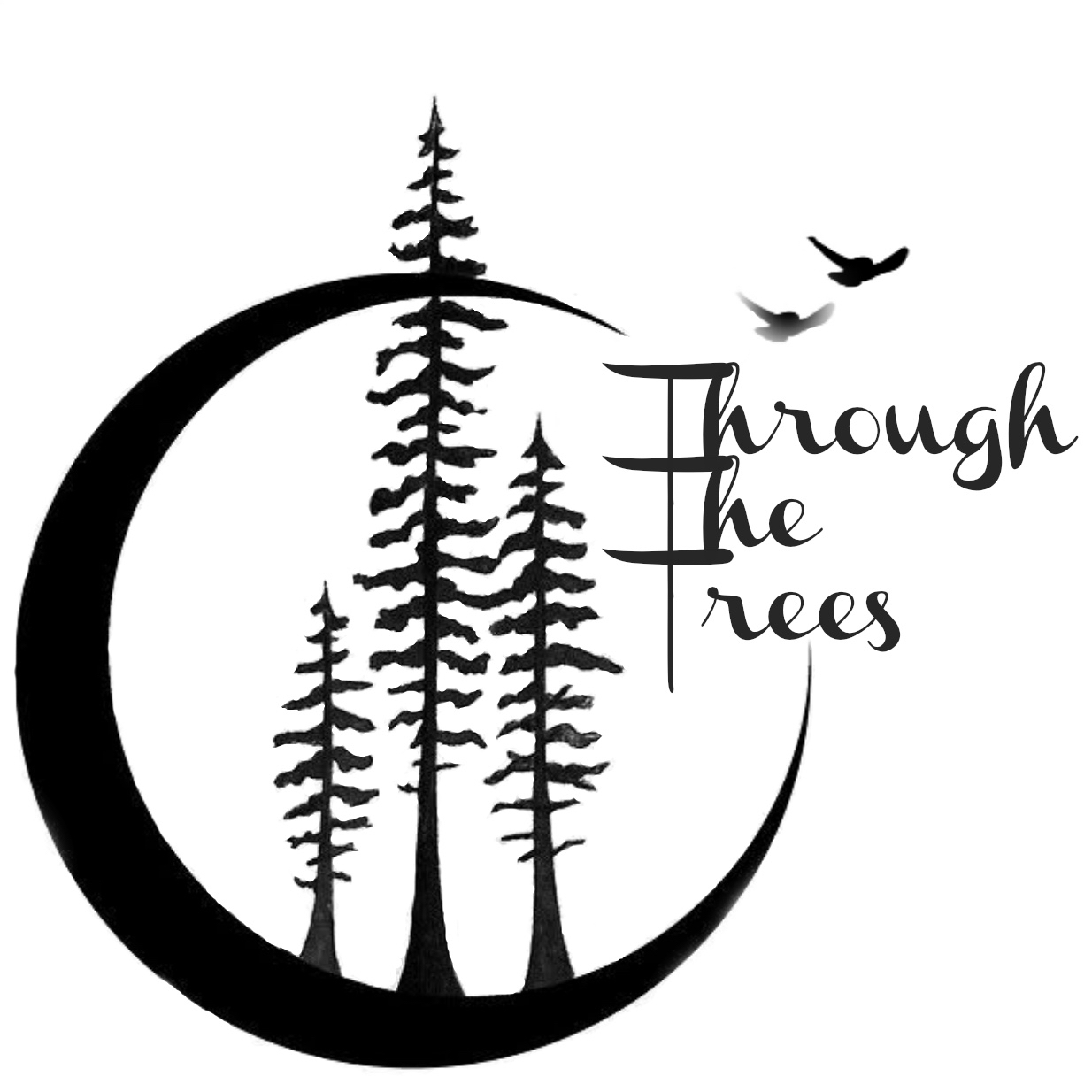Nature Connection Challenge - Day 12

Today’s challenge is to identify Wintergreen (Gaultheria procumbens), and if you like, harvest a handful of Wintergreen leaves to make tea.
Wintergreen is a hardy ground cover (grows and sprawls out low to the ground), and even in winter you could dig under the snow to find and use it for tea. Many of the shiny, leathery, oval-shapped leaves turn a reddish color in late fall and winter and may also have red berries from the previous summer. Wintergreen likes acidic soil in a shady spot and is often found in pine forests and under Red Oaks. If you believe you have found wintergreen, pick a leaf and tear or crush it to test for the unmistakable scent of wintergreen. In winter and early spring, the aroma may not be as strong as it is in warmer months, but it will still be evident. If it is not, you haven’t found wintergreen. Both leaves and berries are edible and used for teas and herbal medicines.
Wintergreen contains methyl salicylate, an aspirin-like chemical, which can help to alleviate pain and digestive issues. Those who are allergic to aspirin should avoid wintergreen.
If you wish to make tea, harvest a large handful of leaves, being careful not to strip a single plant of its leaves. Simply boiling or steeping the leaves will not produce a very aromatic or flavorful tea, and instead the leaves should be fermented. Pack the leaves in a jar, fill it with water and cover loosely with a cover or cloth, allowing air to escape. Set it in a warm place for 2-4 days to allow the leaves to ferment, until the water is bubbly. Once it is bubbly, strain the leaves and drink the tea at room temperature or pour into a pot to warm it up on the stove. Add honey if desired.

0 comments
Leave a comment
Please log in or register to post a comment